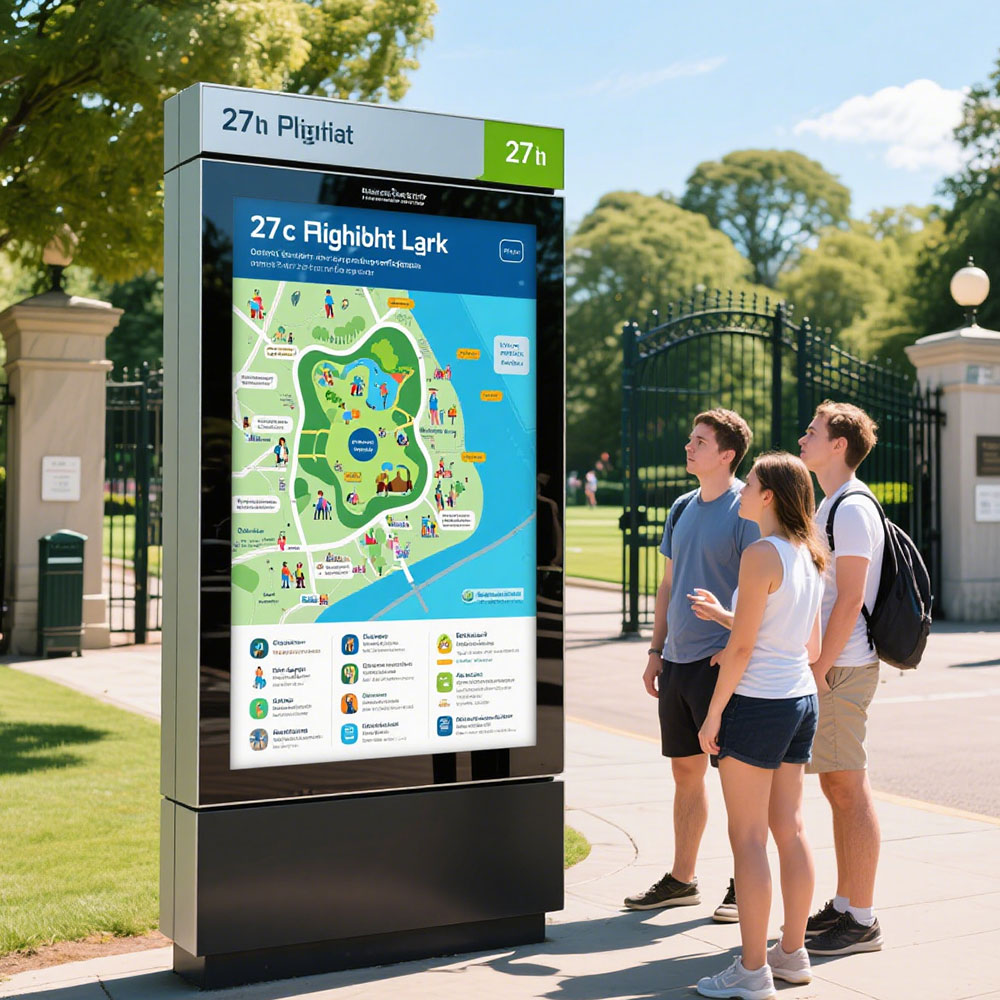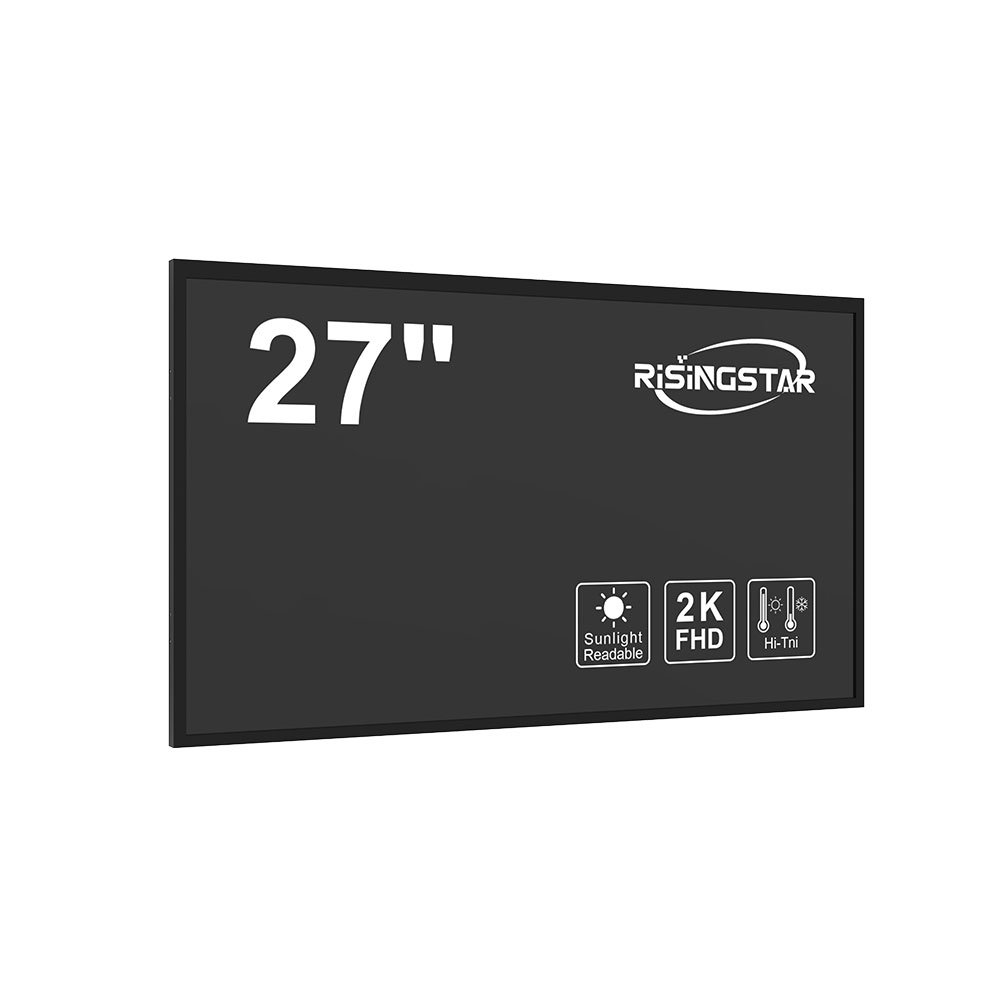Outdoor LCD screens are critical components in digital signage, public information systems, and smart city infrastructure. To ensure visibility under direct sunlight and varying weather conditions, brightness standards must be rigorously defined and tested. According to the International Electrotechnical Commission (IEC) standard IEC 62262, outdoor displays must maintain a minimum luminance of 5,000 cd/m² for daytime visibility—though many high-performance installations exceed 7,000 cd/m² to combat glare and ensure readability in harsh environments.
In practice, brightness alone is insufficient. Manufacturers integrate adaptive brightness control systems that dynamically adjust screen output based on ambient light sensors. For example, a study published by the Society for Information Display (SID) in 2023 demonstrated that variable-brightness LED-backlit panels reduced energy consumption by up to 35% while maintaining consistent contrast ratios across daylight cycles. This is especially crucial for solar-powered or battery-operated outdoor units used in remote locations.

Another key factor is viewing angle stability. While most indoor LCDs suffer from color shift at angles greater than 60°, outdoor models use advanced IPS (In-Plane Switching) or VA (Vertical Alignment) panel technologies with wide-viewing capabilities exceeding 178°. These panels preserve image integrity even when viewed from side angles—a necessity for highway billboards or multi-directional kiosks.
Furthermore, environmental resilience directly impacts brightness performance. IP65-rated enclosures protect against dust ingress and water jets, ensuring internal components—including backlight modules—operate within optimal thermal ranges. Overheating can cause premature degradation of LEDs, reducing effective brightness over time. Industry benchmarks from the U.S. Department of Energy’s Lighting Research Center confirm that well-ventilated, sealed cabinets extend display lifespan by over 40% compared to non-protected units.

Real-world case studies validate these principles. In Singapore’s Orchard Road district, a network of 120 outdoor LCDs deployed with 7,500 cd/m² peak brightness and dynamic dimming achieved 98% uptime over two years—even during monsoon season. Similarly, a project in Dubai’s Burj Khalifa observation deck uses 8,000 cd/m² screens with anti-glare coatings, delivering clear visuals at noon despite intense solar radiation.
To maximize return on investment, installers should prioritize certified products compliant with EN 62305 (lightning protection), IEC 60068 (environmental testing), and MIL-STD-810G (military-grade durability). These standards not only ensure brightness consistency but also safeguard against long-term operational failure.
Ultimately, successful outdoor LCD deployment hinges on a holistic understanding of brightness engineering—not just raw lumens, but how they interact with environment, power efficiency, viewing dynamics, and real-world durability.







